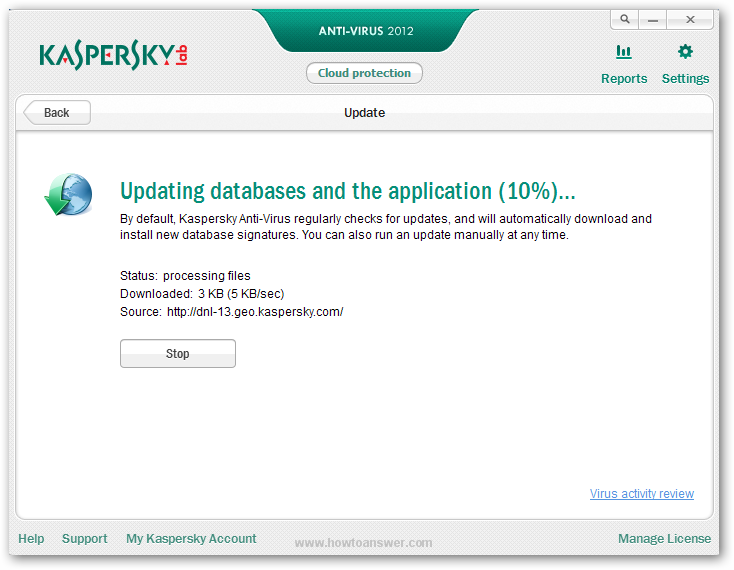

The Whitelist Security Approach developed by Kaspersky Lab is based on systemizing knowledge of legitimate software. The combination of Blacklist, Whitelist and other technologies ensure multilayer protection with levels complementing and supporting each other, which in turn ensures maximum safety for the user The effectiveness of this approach should not depend on the amount and complexity of malware, and at the same time it should allow the user to work with all types of clean and legitimate software. Effective protection may not exist to combat these threats when they first appear.Ī new approach, distinct from the classic blacklist, is required. However, such software grows ever more complex by the day, and its quantity increases so quickly that blacklisting technologies become less and less effective.Īt the same time, the biggest threat is posed by the huge mass of unknown software which can be a source of unknown malware. Naturally, all malicious software must be blacklisted. Significant part of this data is software, which in its turn falls into three categories: known legitimate (clean) software, known malicious software (viruses, Trojans etc.) and unknown (‘grey’) software. Most of this data will be available from more or less anywhere on the globe and from any mobile or stationary device.

While back in 2009 the total volume of digital information in the world was approximately 0.8 Zettabytes (1 ZB = 1012 Gigabytes), in 2010 it became 1.2 ZB, and by 2020 it will be 35 ZB. Everything we see around us now has an electronic equivalent.

One of the most important distinctions between 'yesterday' and 'now' is the emergence of a digital reality. However, such software grows ever more complex by the day, and its quantity increases so quickly that blacklisting technologies become less and less effective.


 0 kommentar(er)
0 kommentar(er)
